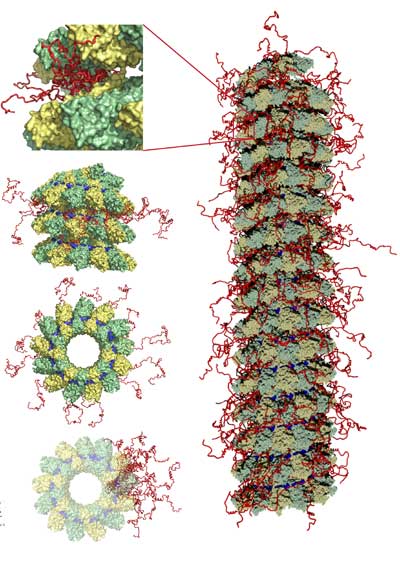The interface between biology and technology is a reservoir of innovation that the Life Sciences Division (Direction des sciences du vivant - DSV), by its multidisciplinary culture, has exploited since its creation. At the DSV, computer scientists, chemists, physicists and biologists develop new methods for exploring life. This is a question of enhancing the opportunities offered by research instruments, in order to make this exploration increasingly efficient.
This positioning within methodological, procedural, instrumental and software innovation is a specific signature of the DSV, nationally recognized by the award of a mission to lead several major facilities, from the “Investissements d’Avenir” Program.
Developing ways to image functioning organs
In medical imaging, developments focus on the quality of acquisitions (temporal and spatial resolution, sensitivity) and their interpretation. This is a question of improving technologies (e.g. the development of an antenna for high-field MRI, or software exploitation data), biochemical approaches (e.g. biomolecular labeling, or development of contrast agents) or developing new protocols. The DSV coordinates the national infrastructure in biology and health France Life Imaging (FLI), which organizes and standardizes French technological research in preclinical and clinical imaging.
Large-scale analysis of biological processes s
Possible approaches to understand the functioning of a cell include the study of genes (and their transcription), proteins, and metabolites. These investigations generate a large amount of data (or “big data”) whose analysis requires skills and significant bioinformatic resources. To achieve this, the DSV has at its disposal a network of bioinformaticians with expertise in large-scale analyses and systems biology, making the DSV a major user of the TGCC/GENCI supercomputing center. Molecular modeling also has a prominent role, with an internationally visible expertise.
The DSV is involved in structuring the French research landscape in these areas through its role in the national infrastructure of proteomics (Profi), genomics (France Génomique), and metabolomics and fluxomics (MétaboHUB).
Understanding the dynamics and structure of macromolecules in the complexity of the cell
Biochemical reactions in a cell operate in three dimensions. The goal of integrated structural biology is to understand these reactions at the molecular level in a cellular and dynamic context. To integrate the finest possible structural data into their models, researchers at the DSV are developing new methodologies in NMR, mass spectrometry, microscopy, crystallography, and small angle scattering.
Teams from the Institute of Structural Biology (IBS) that are part of the infrastructure include FRISBI (on a national level) and INSTRUCT (on the European level).
Nearly half of all proteins are partially or completely disordered and have a very flexible three-dimensional structure. To study these macromolecular structures, researchers at the DSV (IBS, Grenoble) had to develop specific NMR methods. Here, the 3D representation of the envelope protein from the measles virus (red: disordered parts).
© M.Blackledge/CEA | 
|